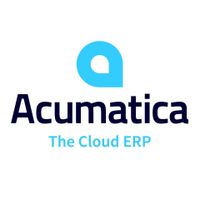Business i ERP is a ERP Software. Business i ERP offers Supply Chain Management, Sales, Stock Management, HR Management, Financial Management and many more functionalities.
Some top alternatives to Business i ERP includes Resource Navigator, abas ERP, SYSPRO, Acumatica and Unit4 ERP.
No, Business i ERP doesn't provide API.
No, Business i ERP doesn't provide mobile app.
Business i ERP is located in Coimbatore, India
Business i ERP offers Subscription pricing model
The starting price is not disclosed by Business i ERP. You can visit Business i ERP pricing page to get the latest pricing.














